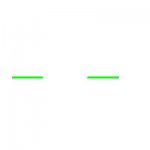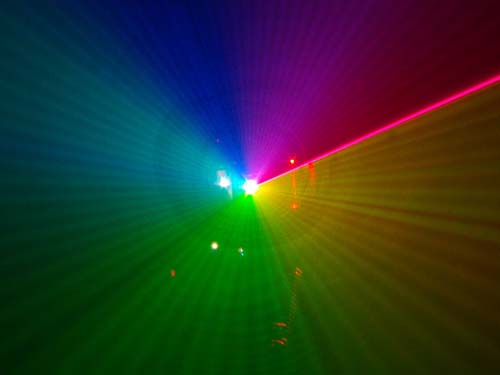VW
0
- Joined
- Mar 1, 2008
- Messages
- 577
- Points
- 0
I tried googling the subject, but the info is a quite vast and rigerous to get through. I was wondering, what is it that analogue modulation actually does to help get a good mix of colours with an RGB set up? Obviously it must change some properties with the beam, but I'm lost as to what that is. Any info is appreciated...








